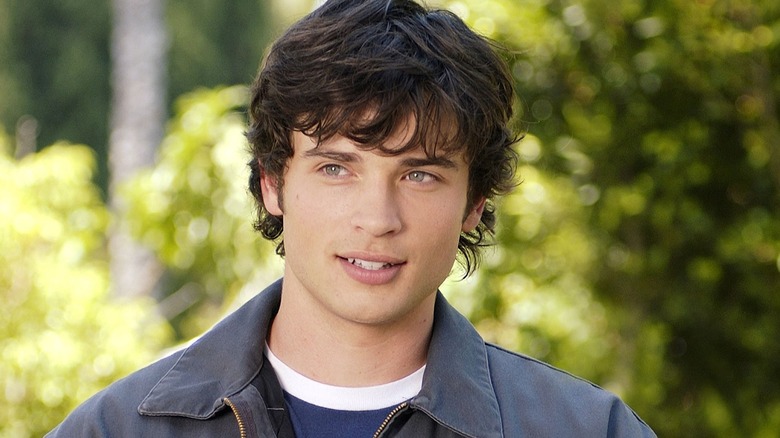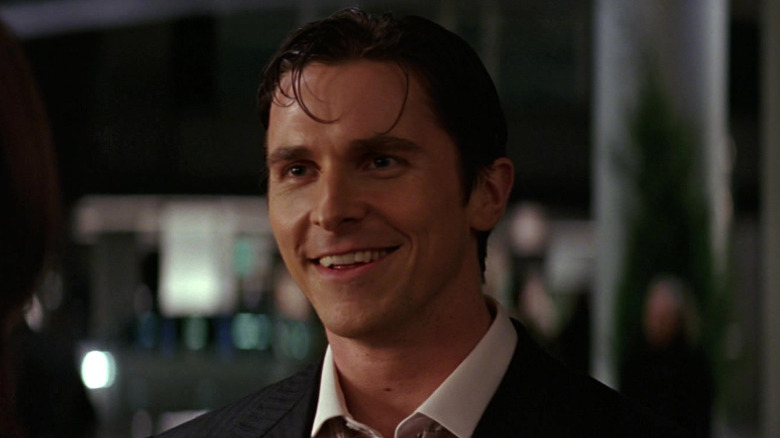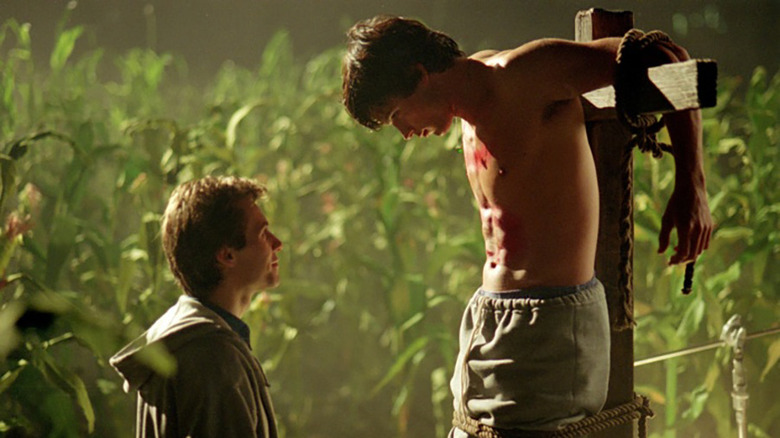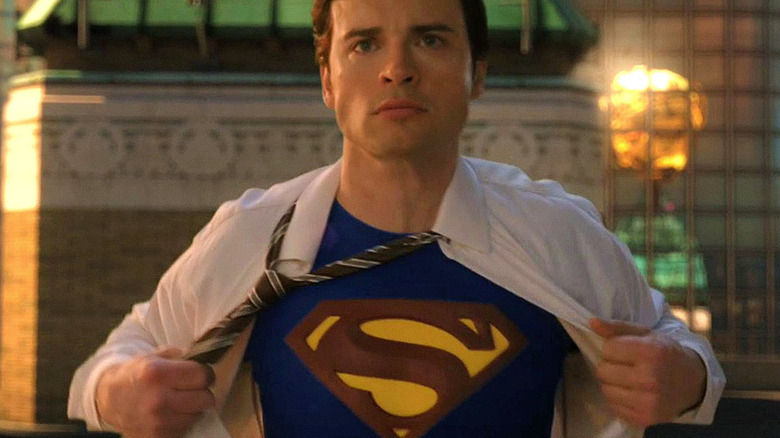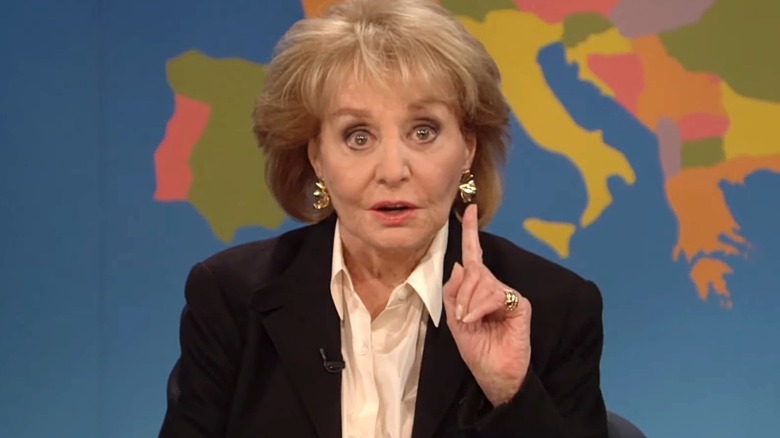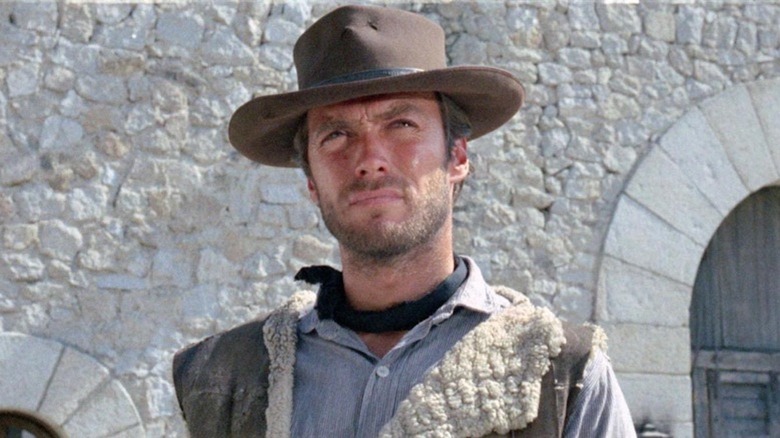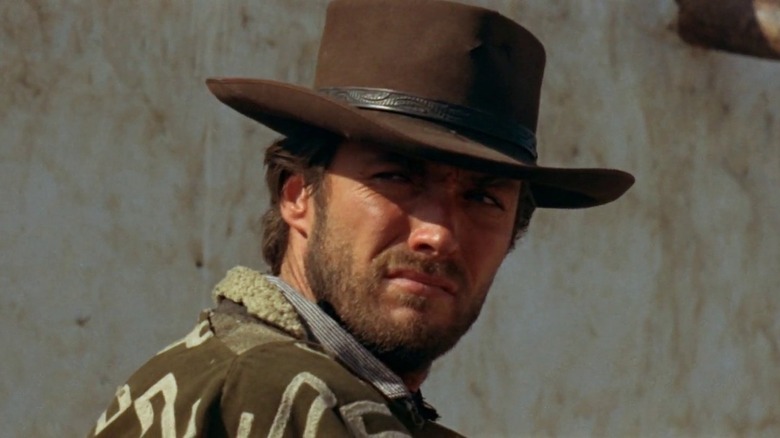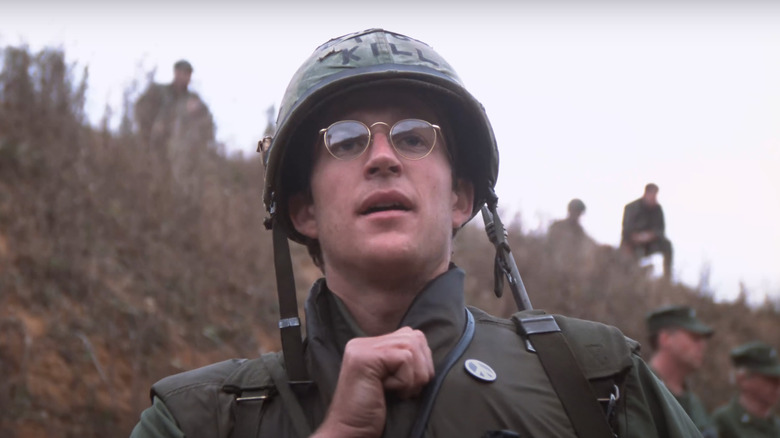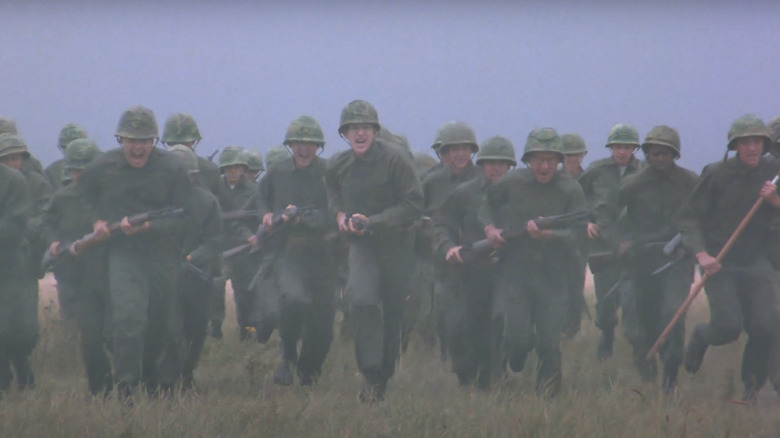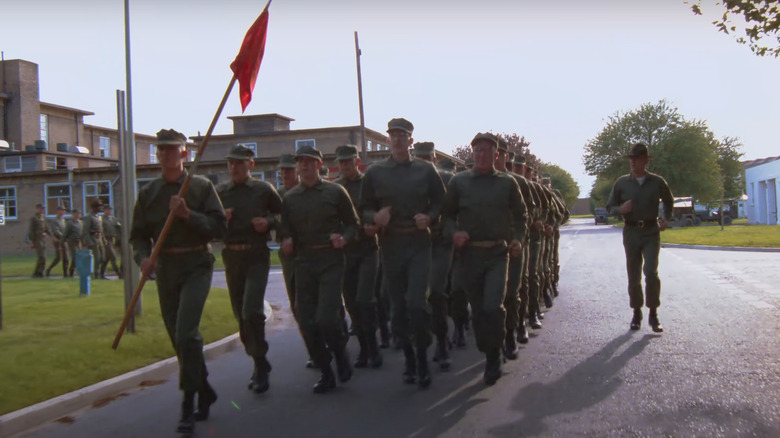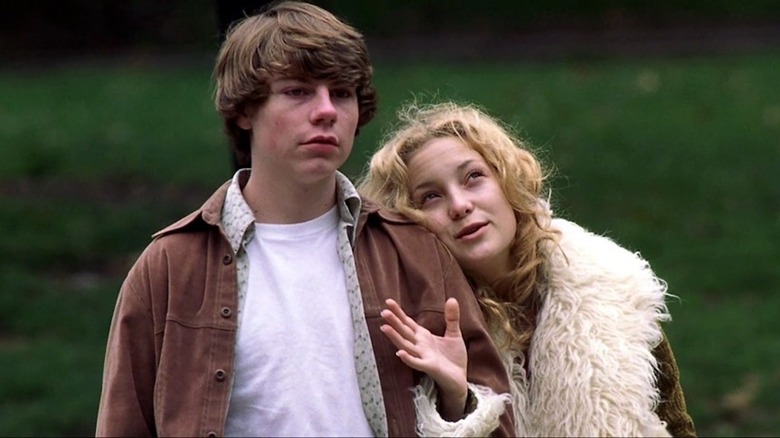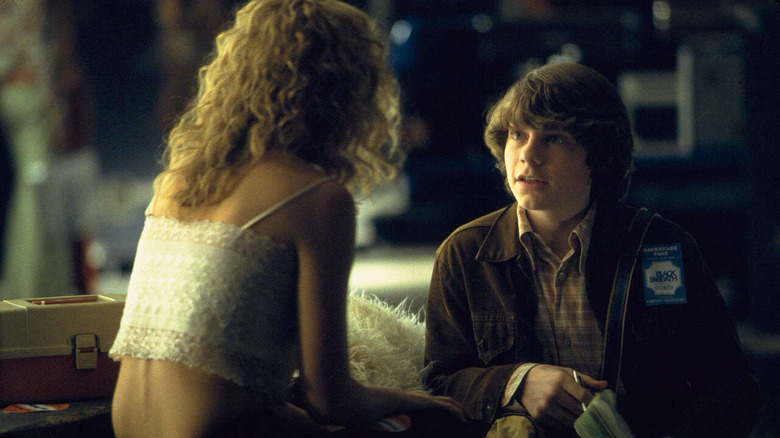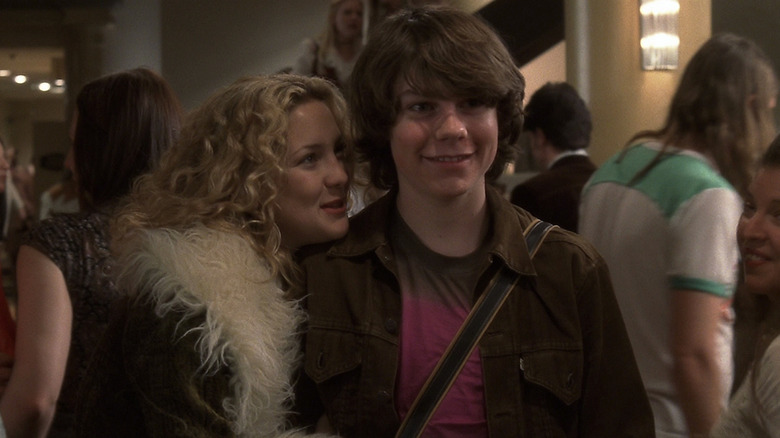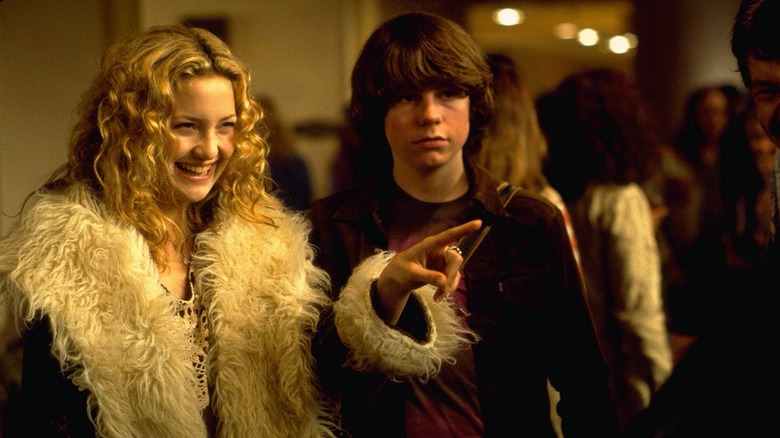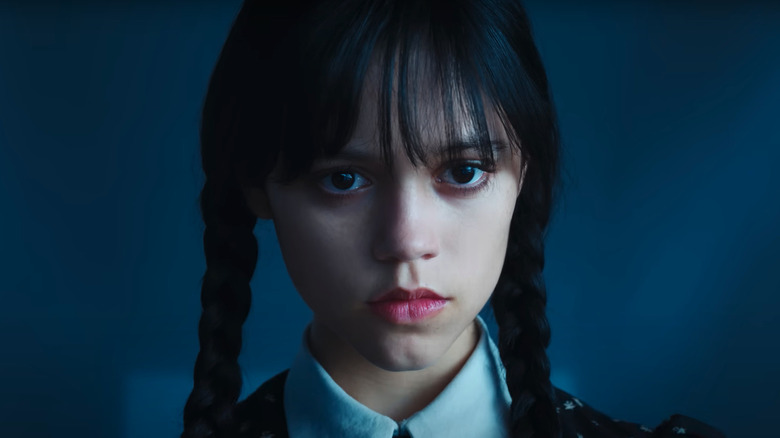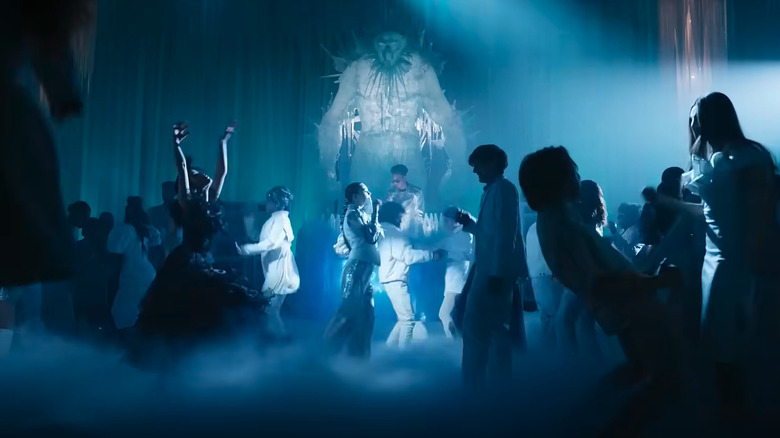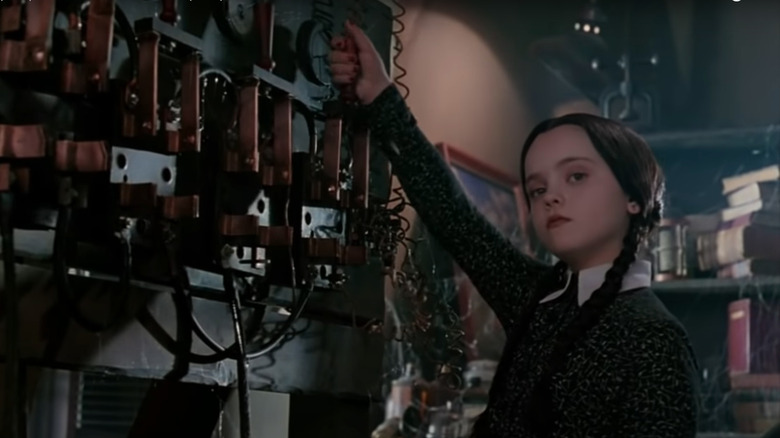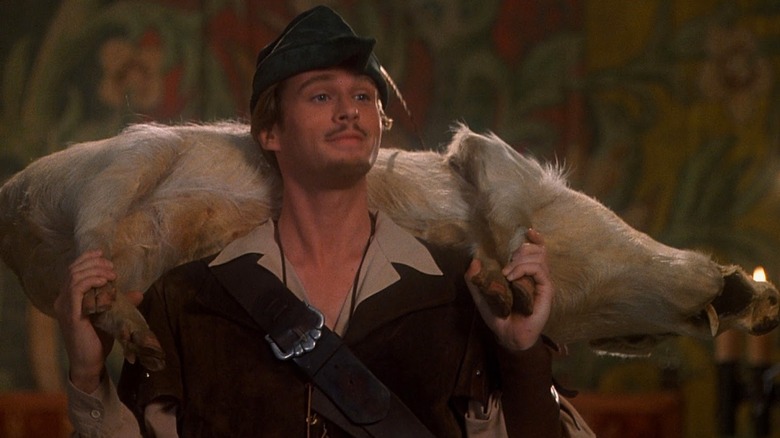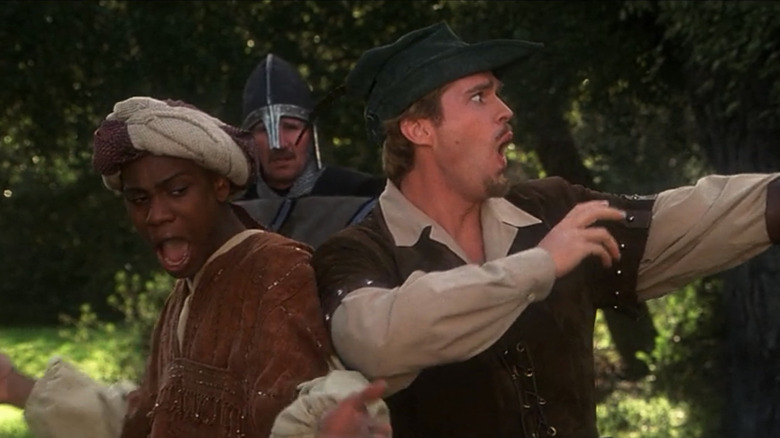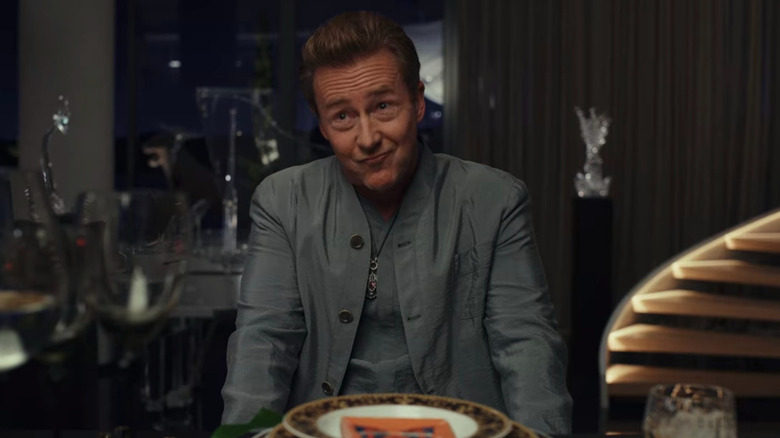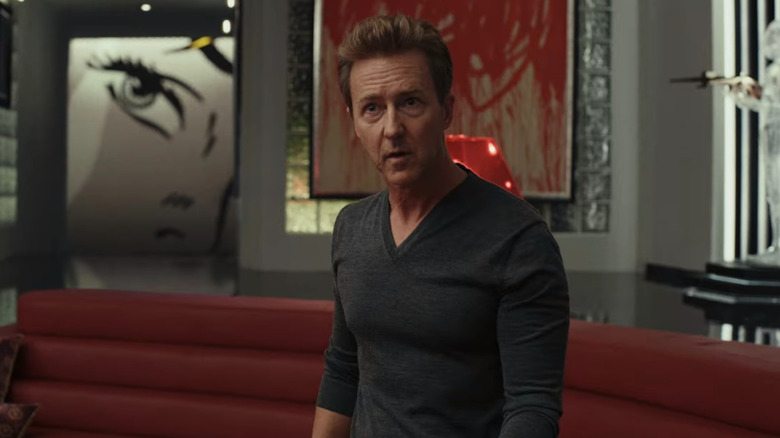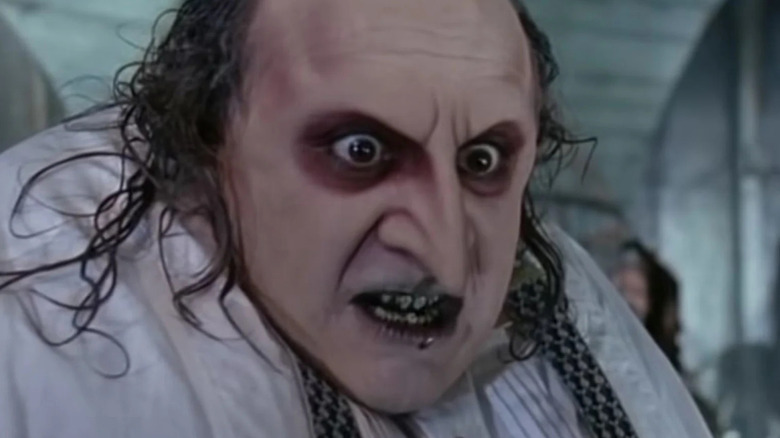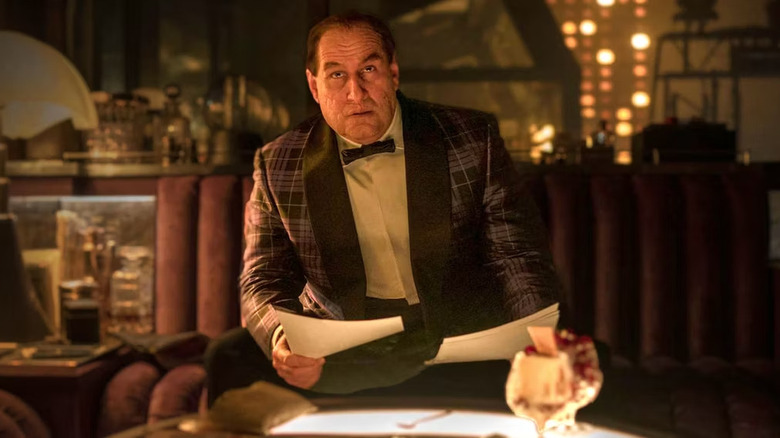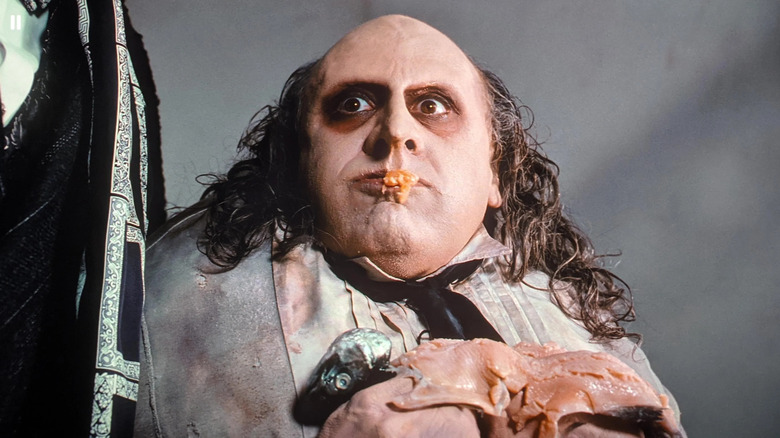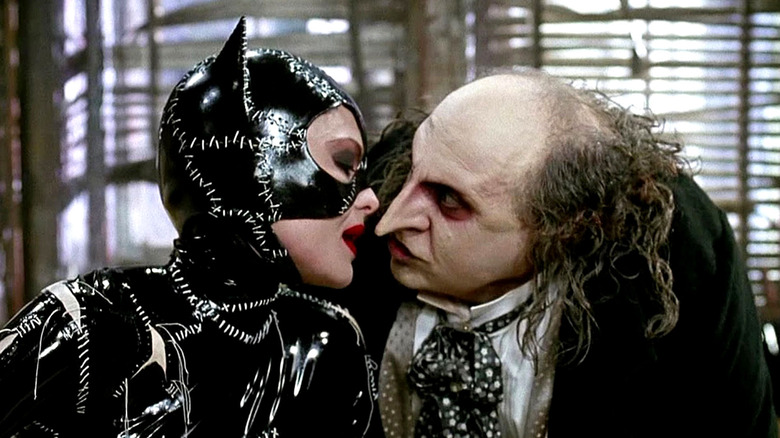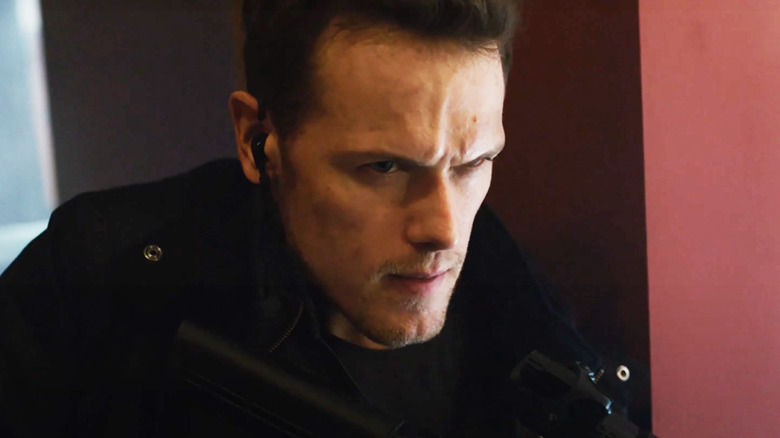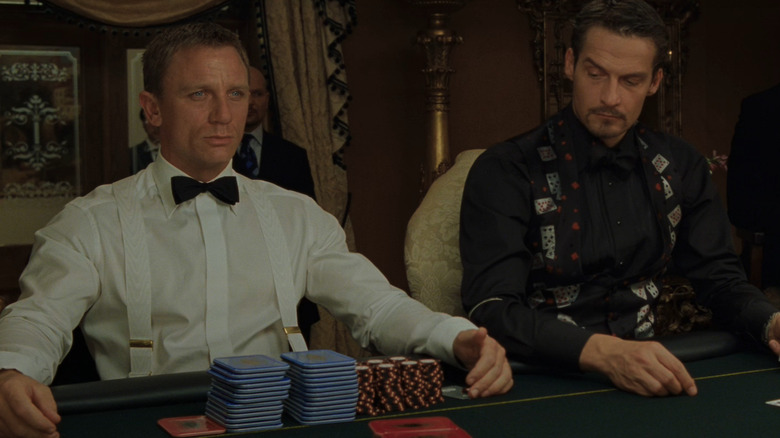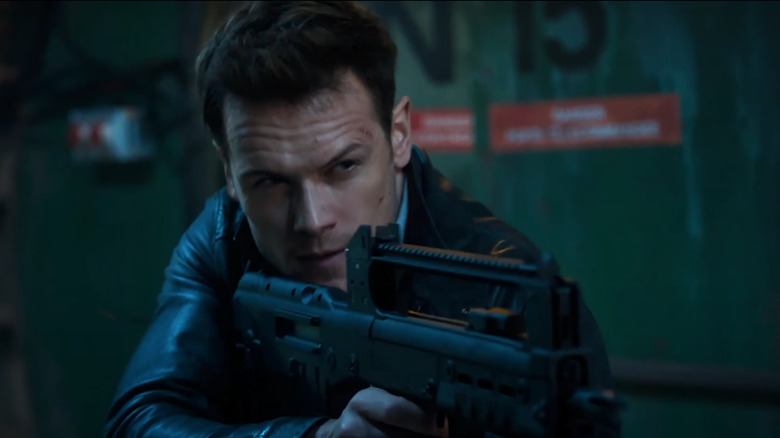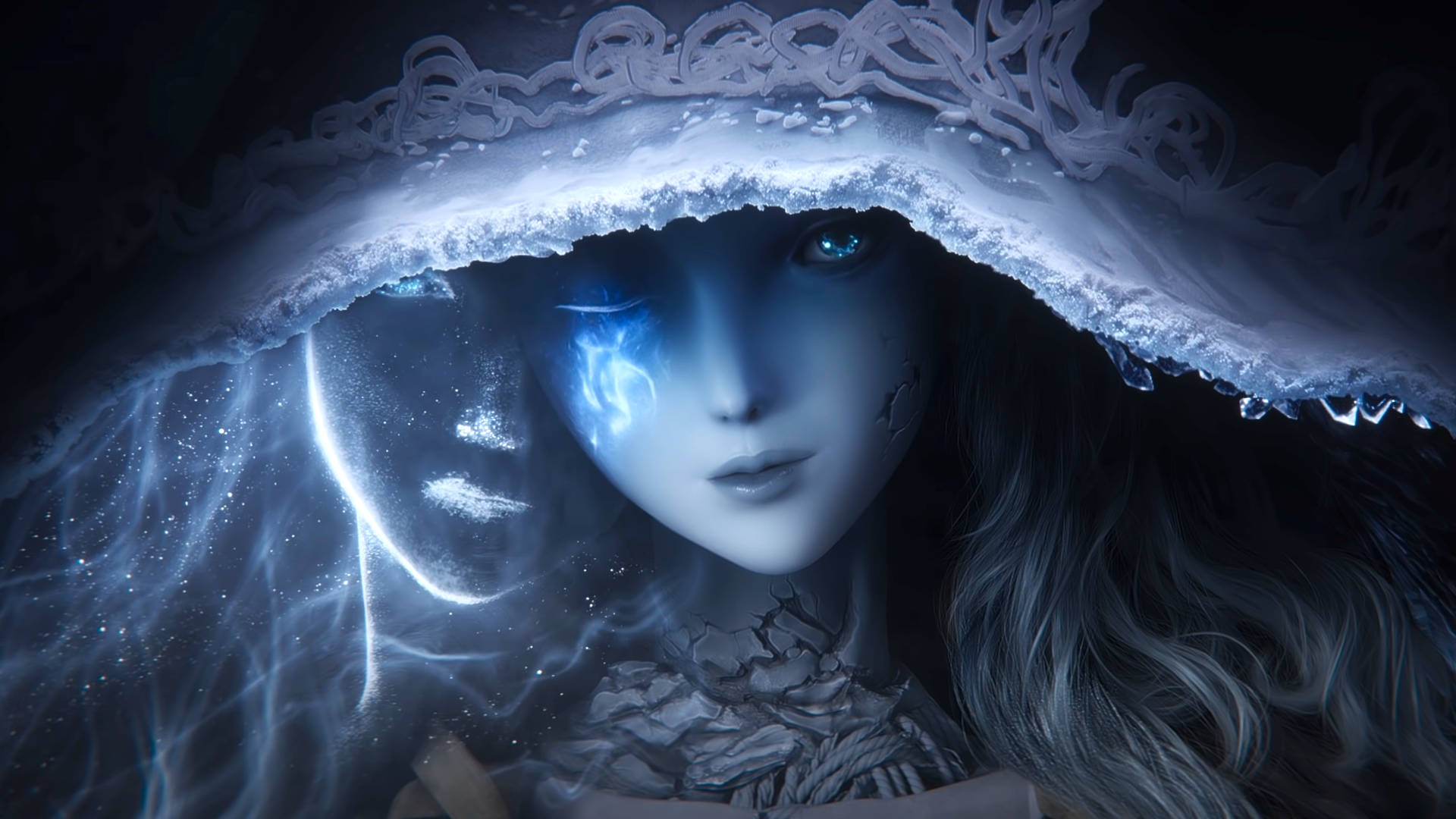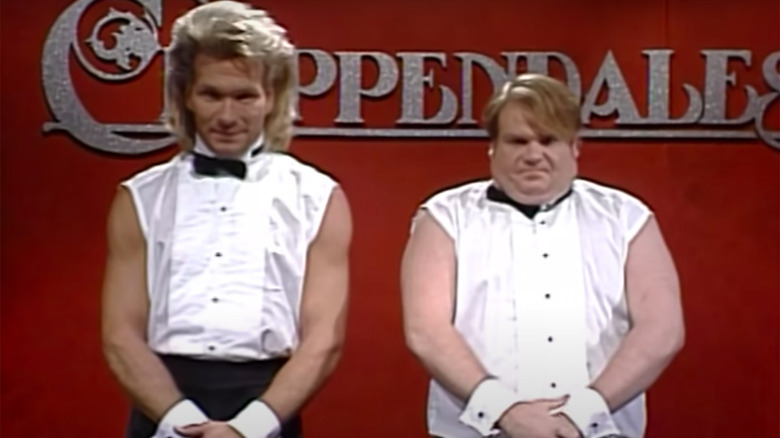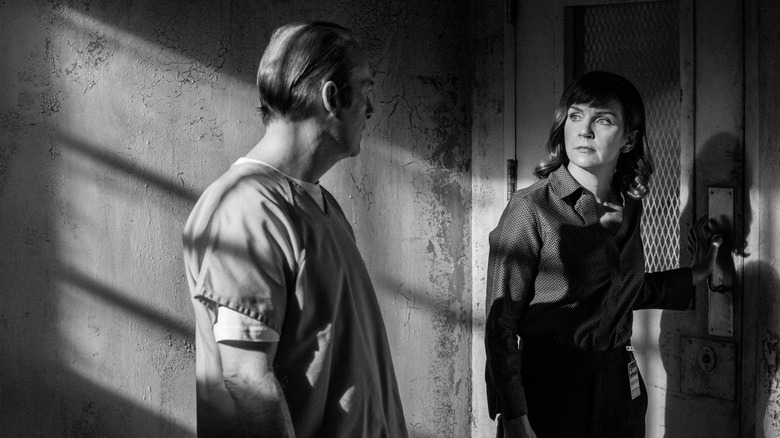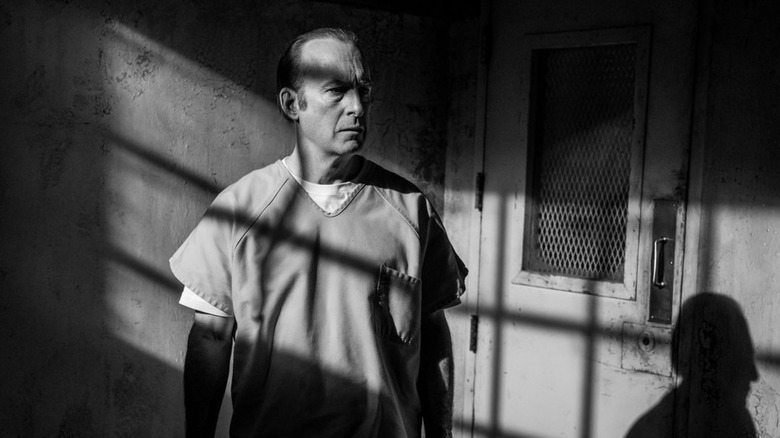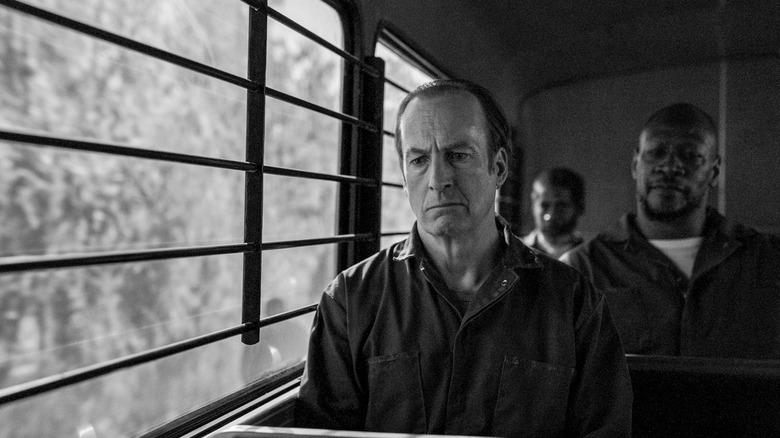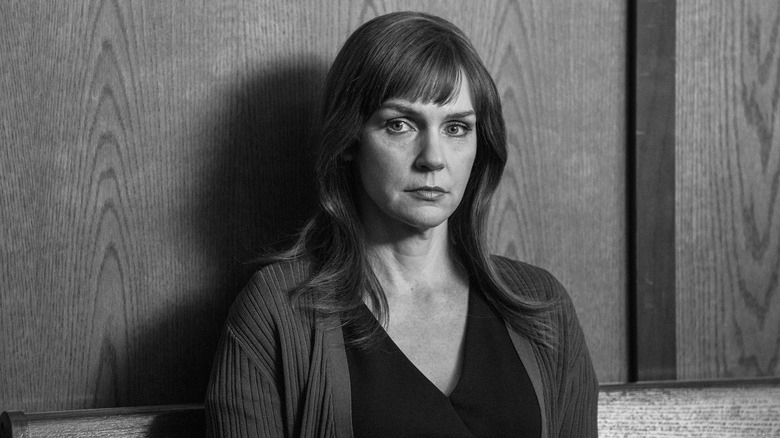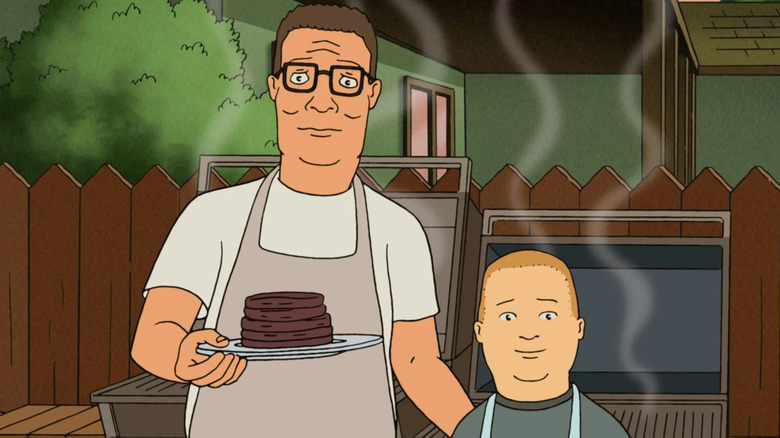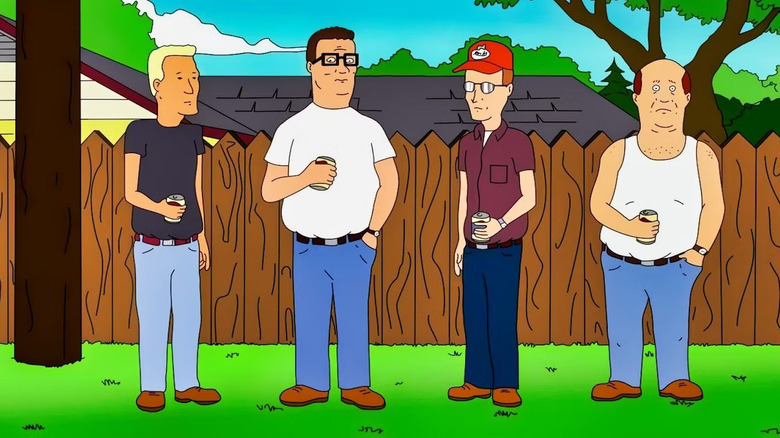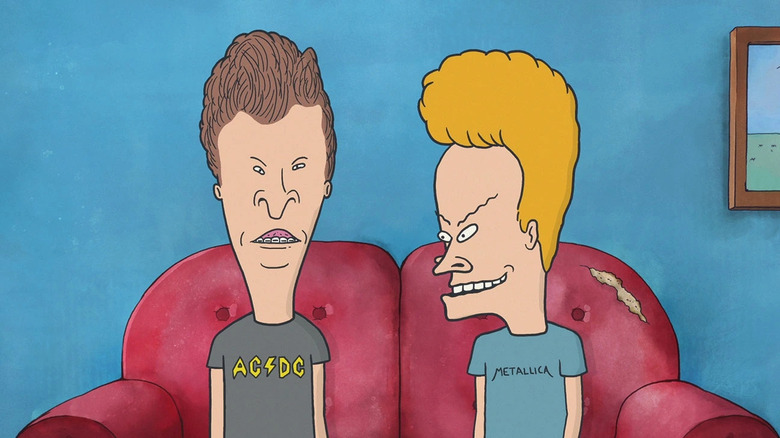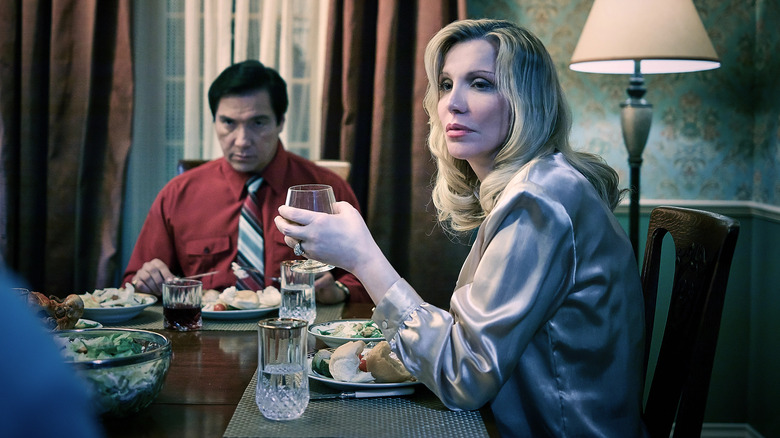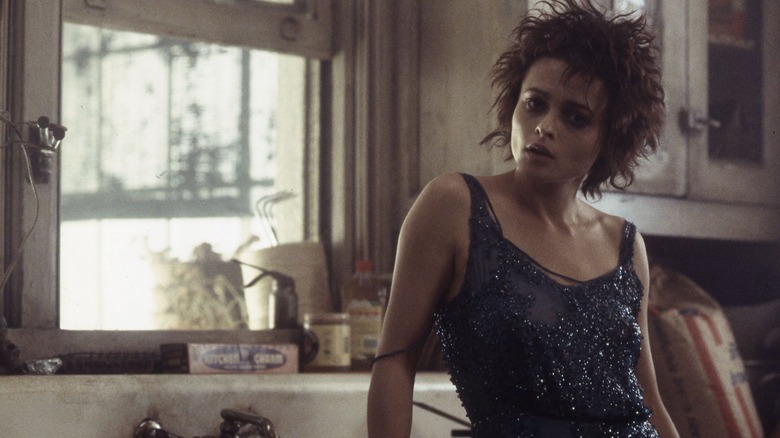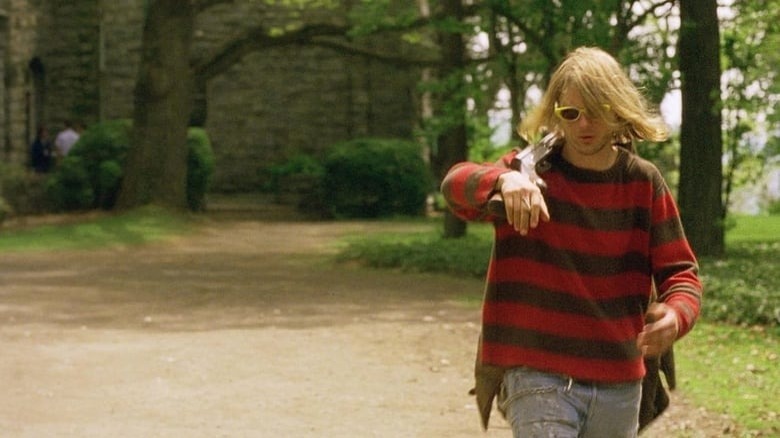
(Welcome to Ani-time Ani-where, a regular column dedicated to helping the uninitiated understand and appreciate the world of anime.)
Anime has its fair share of dark fantasy stories -- think "Fullmetal Alchemist," "Attack on Titan," "Demon Slayer," and so on. More recently, we've seen more and more dark fantasy-action anime with horror influences making it big within the mainstream shonen anime landscape.
But before all of these, before Eren looked up at a terrifying titan, before the Elric brothers tampered with the law of equivalent exchange, and even before "Vinland Saga" and "Castlevania," there was "Berserk." One of the most influential and legendary dark fantasy manga and anime, this is a story with a legacy that has influenced multiple titles, from other anime and manga to video games like "Dark Souls," "Devil May Cry" and "Final Fantasy VII."
It's also a manga that has suffered from never having the complete adaptation it deserves. We've got three "Berserk" adaptations, and they've all adapted the exact same arc from early in the story, ending abruptly just as the plot really gets going. But of the three, it's the 1997 adaptation produced by studio OLM, INC (which also produced the "Pokémon" anime) that truly stands out, taking the incompleteness of the story and using it as a feature rather than a bug to deliver one of the absolute bleakest single-season anime series ever. It's an anime with a heart-wrenching, abrupt ending that's both an incredible ad for the manga and the perfect kick in the nuts to culminate this tragic fantasy.
"Berserk" is the tale of a man named Guts -- a hyper-masculine, rugged warrior with a big-ass sword -- and the rise and fall of the greatest army of mercenaries in the land. Think of it as "Game of Thrones" by way of Clive Barker.
What Makes It Great
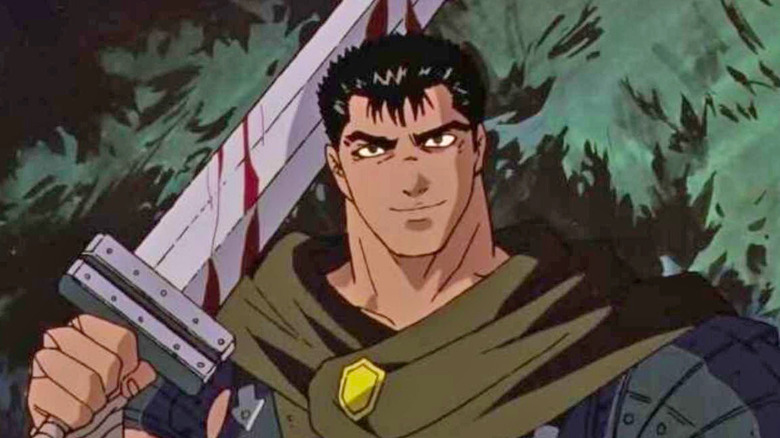
The first thing you notice about "Berserk" is how well-developed its characters are. Though there are clearly three main characters — Guts, Casca, and Griffith — every named member of the Band of the Falcon in the film has a personality, flaws, and motivations. This helps sell the setting as more than just big swords and castles, especially since, surprisingly given the famous iconography of the manga, the vast majority of the series is rather light on fantasy. Instead, the arc covered by the anime adaptations focuses more on medieval military and tactics, delivering a great portrayal of how free companies operated and their role in huge wars.
There are fantasy elements, yes, but they lurk in the background, with the characters just so accustomed to everyday horrors and cruelty that they are either oblivious or tend to ignore the supernatural horrors lurking in the shadows. And you better believe there are horrors, plenty of them. The anime, directed by Naohito Takahashi and written by five different screenwriters, most notably Yukiyoshi Ôhashi (head writer for "Yu Yu Hakusho"), knows exactly when to turn the dial one way or another, going from hyper-violence thrills to absolute terror to earnest sentimentalism. Part of why the horror works so well is because of the eerie visuals of the show, the hand-drawn animation aided by background art that resembles medieval paintings and highlight how disturbing, twisted, and violent the story is.
Among the highlights of this adaptation is the incredible soundtrack, composed by Satoshi Kon's collaborator Susumu Hirasawa. From the ethereal "Guts' Theme" to the personification of fear and trauma in the track, well, "Fear," the score masterfully encapsulated the right emotions within this rather bleak story.
A Tragedy Of Survival
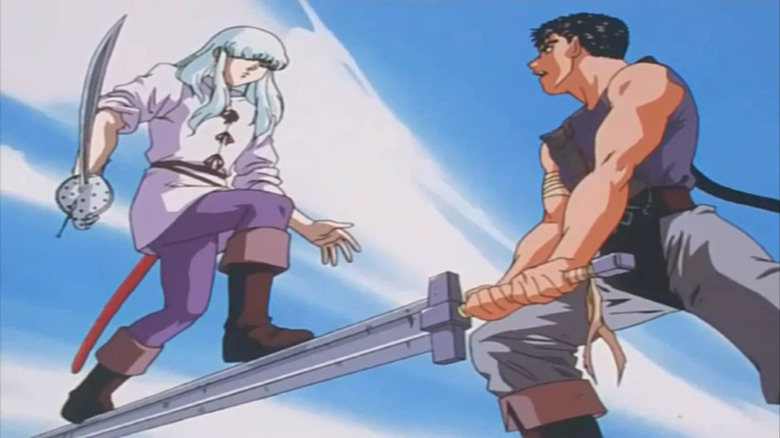
Make no mistake, "Berserk" is a bleak story. Indeed, it's easy to see how it inspired edgy franchises like "Attack on Titan" and "Dark Souls" beyond just the big guy with a giant sword and the quiet, badass female warrior archetypes.
It's the anime's portrayal of a world so devoid of a happy ending, where hope is an unobtainable luxury and cruelty can be found anywhere (even if you don't see it at first), that has become a staple of seinen (adult) manga and anime in the years since its release. But what makes this particular adaptation different and special is that the hopelessness isn't super apparent. It's not like "Attack on Titan," which, right from the very beginning, tells you this is an apocalyptic tale where humanity fights for survival. Instead, we spend a lot of the season just going from one battle to the next, and you would be forgiven to think of this as just another medieval story of warriors, and not a particularly grim or depressing one.
However, once the characters start opening up, you slowly begin to see that their smiles, their small talk, and even their pleasantries toward one another are all a facade to hide deep emotional scars that prevent them from truly ever opening themselves up to others. Bear in mind, this anime also includes a lot (and I mean a lot) of sexual assault and even a few depictions of rape, which can feel wholly unnecessary — particularly the last one, given the anime stops before it can do anything with that plot point. Yet, these violations and the ensuing trauma are foundational to the main characters' stories. They're moments from which much larger tales of survival, of finding small joys and reasons to carry on, are built.
What It Adds To The Conversation
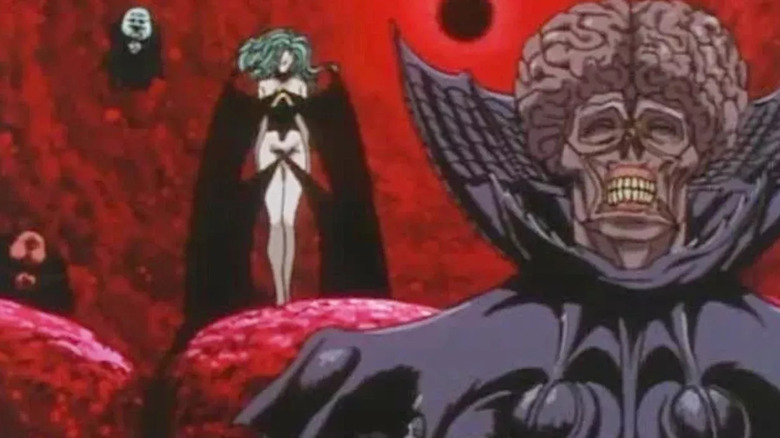
The idea of fate and choice is central to the story of "Berserk." Each episode starts with a voiceover intro that talks about man having no control over his own will, and the story told in this adaptation is all about the inevitability and inescapability of fate. You see, the tale begins in media res, showing a hellish world before jumping back in time to show us how we got there. While that device may be silly and unnecessary in many stories (and for most of the season I questioned why it was done that way), it pays off tremendously by the time the final episodes roll.
Why? It's because this framing device forces the audience to question whether the main characters (as well as viewers themselves) are doomed, no matter our intentions. Yet, the show does argue that there is free will, we just tend to overlook or ignore the consequences of our actions in order to fulfill our twisted dreams. This is not so much a story about good versus evil — we don't even get a big bad until the very last episode. Instead, this entire 25-episode show is an endurance test.
We spend the whole season watching how long the members of the Band of the Falcon can go on before they break and give in to despair. That Clive Barker's "Game of Thrones" description wasn't a joke, it truly feels that way, and not just because some of the monsters are clearly inspired by Cenobites. It's because creator Kentaro Miura created a fantasy world twisted to its very core -- one where the biggest powers at the center of the world are driven by pain and suffering, heroic ascends are built on the corpses of allies, and dreams are carved in blood.
Why Non-Anime Fans Should Check It Out
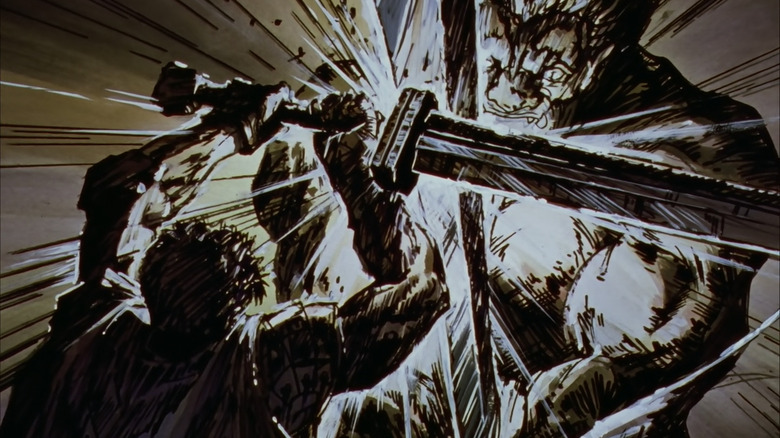
Yes, this is an incomplete adaptation (of a sadly incomplete manga after the death of its creator), but "Berserk" is not only an incredible advertisement for picking up the manga and reading the rest of the story, it is also a fantastic and compelling season of TV in its own right.
This is a work of fantasy with complex, fascinating characters, stunning artwork, a terrific soundtrack, and one of the most shockingly bleak endings in the history of the medium (seriously, "Devilman Crybaby" looks like sunshine and rainbows by comparison). Whether you're here for the "Game of Thrones"-style medieval world of knights, political intrigue and assassination attempts, or the Clive Barker-like hellish landscape of otherworldly horrors messing with humans, or even the dark fantasy of a cruel world that inspired "Dark Souls" and "Attack on Titan," this is a show you need to watch.
Watch this anime if you like: "Attack on Titan," "Dark Souls," "Fullmetal Alchemist."
"Berserk" is streaming on Netflix.
Read this next: 10 Anime Movies That Deserved To Win The Oscar For Best Animated Feature
The post Berserk Is a Bleak Dark Fantasy That Mixes Game of Thrones With Clive Barker appeared first on /Film.

